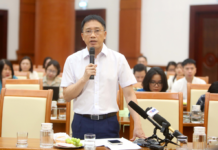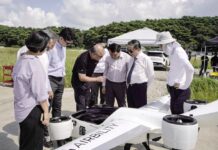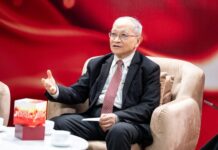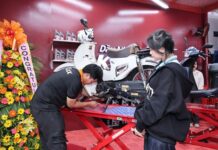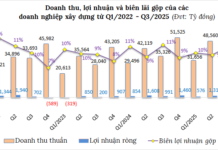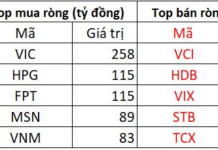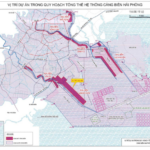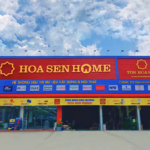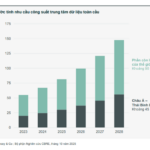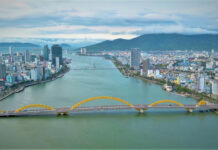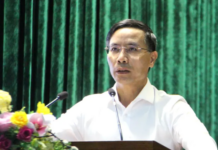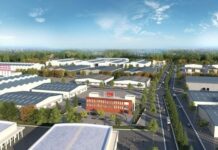Speaking at the opening ceremony of the International Exhibition and Conference on Modern Railway Technology and Infrastructure Supply Chain (VRT & CONS 2025), Deputy Minister of Construction Nguyen Danh Huy emphasized that this is a “golden opportunity” for Vietnam to realize its sustainable transportation development strategy, moving towards a green, modern, and fully connected economy.
According to the Deputy Minister, within the national infrastructure development framework, railways serve as the backbone of the transportation system, closely tied to Vietnam’s pursuit of sustainable development goals. While road and air transport have made significant strides, railways remain the missing piece needed to complete the comprehensive transportation network.
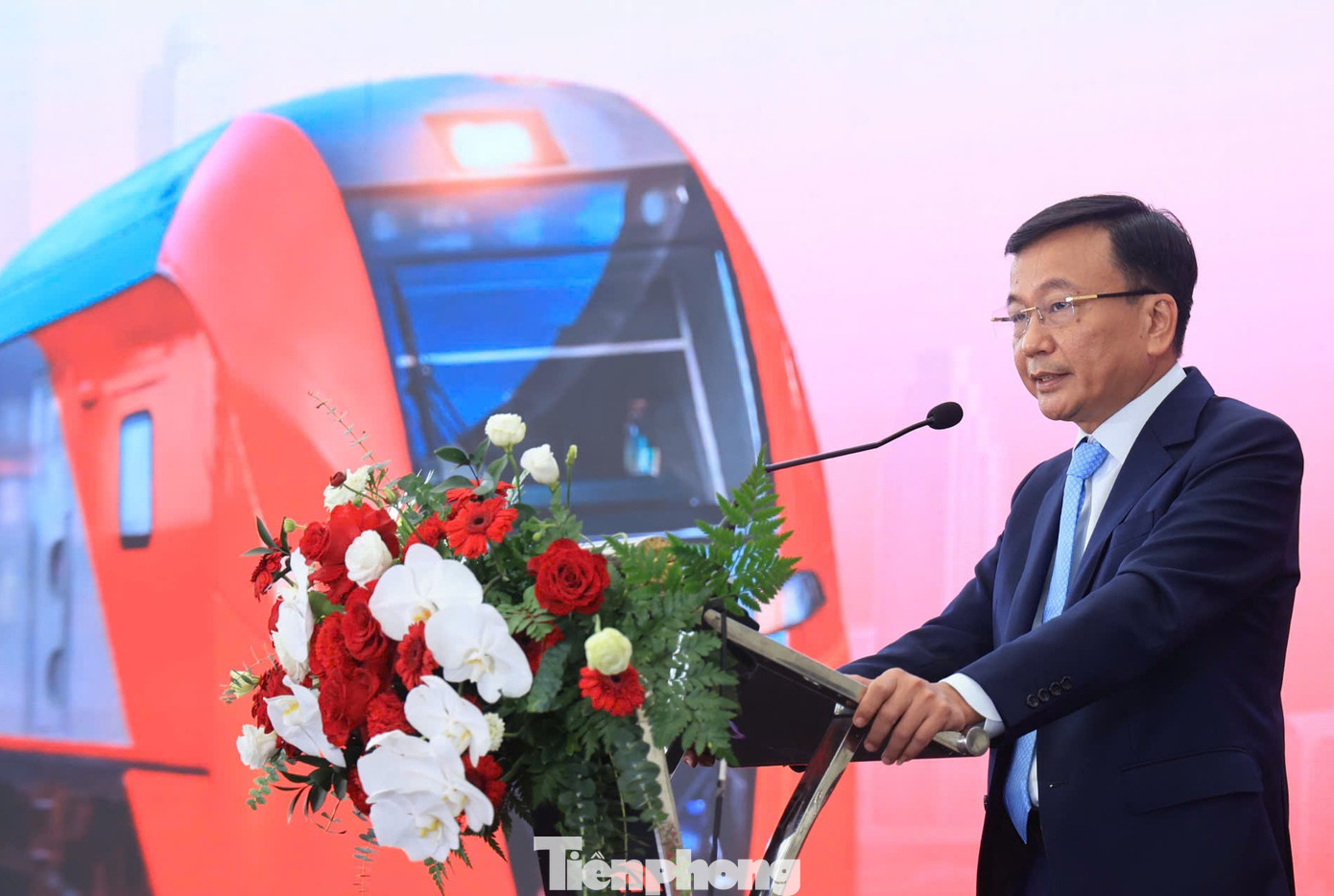
Mr. Nguyen Danh Huy – Deputy Minister of Construction. Photo: Loc Lien.
Over the past decade, Vietnam has developed its expressway system—the lifeblood of modern transportation—and airports capable of handling the world’s largest cargo aircraft. However, compared to these sectors, the railway industry has lagged, primarily due to limitations in capital, human resources, and technology.
Recognizing the importance of railways, the Politburo issued Conclusion No. 49-KL/TW on the development direction of Vietnam’s railway transportation until 2035, with a vision to 2050.
Based on this, the Government approved the Railway Network Planning for the 2021-2030 period, aiming to establish a modern national railway system alongside urban rail lines in the two major hubs of the North and South. This strategic move is expected to reduce urban congestion, promote green transportation, and contribute to achieving net-zero emissions by 2050.
The Ministry of Construction’s leadership believes that, in the current context, Vietnam seeks not the most expensive but the most suitable technology—advanced, safe, efficient, and transferable to domestic enterprises. Alongside this is the need for comprehensive solutions in investment, operation, maintenance, and system management, rather than merely purchasing equipment or constructing individual routes.
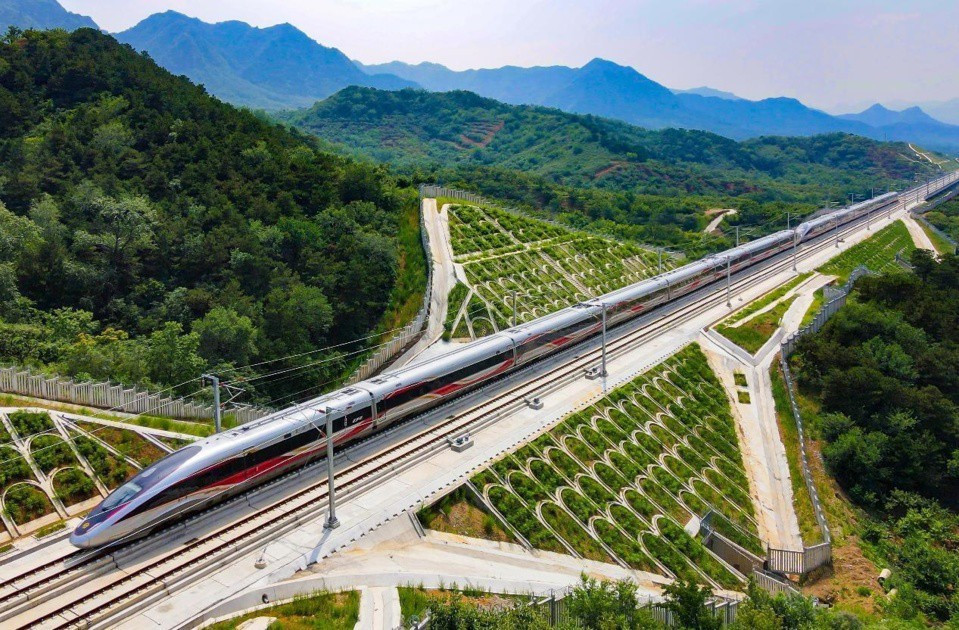
The national railway system is a strategic step to reduce urban congestion, promote green transportation, and achieve net-zero emissions by 2050. Photo: Xinhua.
Another issue highlighted by the Deputy Minister is investment capital. Railways require substantial financial resources, exceeding the state budget’s capacity. Therefore, the Government is moving towards establishing a transparent and innovative mechanism to attract private sector and international investor participation.
Mr. Nguyen Danh Huy believes that railway industry development must be linked to the formation of a domestic supply chain ecosystem, where Vietnamese enterprises can collaborate, adopt technology, and gradually integrate deeper into the global value chain.
According to the adjusted Railway Network Planning for the 2021-2030 period, with a vision to 2050, by 2030, in addition to the existing 7 railway lines, there will be 11 new lines, totaling approximately 3,207 km, an increase of 2 lines compared to previous plans.
The total land requirement for railway development by 2030 is nearly 22,000 hectares, with a total investment of over 1,500 trillion VND, mobilized from the state budget, non-state sources, and other legal channels…
Billionaire Pham Nhat Vuong’s Vingroup to Commence Vietnam’s Largest Mega Port Project with $14.2 Billion Investment in Hai Phong by Early 2027
Unveiling the Nam Đồ Sơn Port and Logistics Hub, a mega-project spanning over 4,300 hectares, poised to redefine the region’s logistics landscape. This transformative development promises to be a game-changer, offering unparalleled connectivity and efficiency in cargo handling and transportation.
Prime Minister Urges Swift Submission of Decree for 2% Interest Rate Support on Green Projects for Businesses
The Prime Minister has mandated the State Bank of Vietnam to submit a decree to the Government by November 2025, outlining guidelines for a 2% interest rate subsidy policy. This policy aims to support businesses borrowing capital for green, circular projects that adhere to environmental, social, and governance (ESG) standards through commercial banks.
Data Center Investment Surges in Asia-Pacific, Reports CBRE
Asia Pacific (APAC) is emerging as the epicenter of global data center investment, according to CBRE. This surge is fueled by skyrocketing demand for data storage and processing, coupled with the rapid advancement of artificial intelligence.










